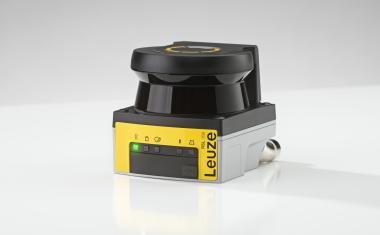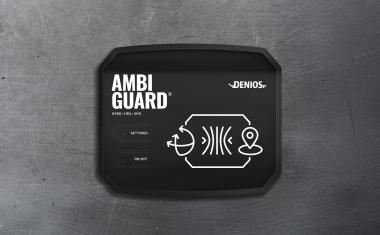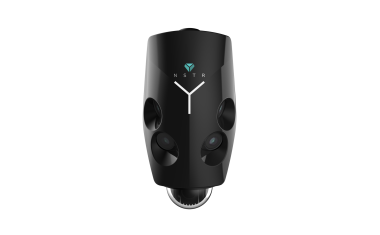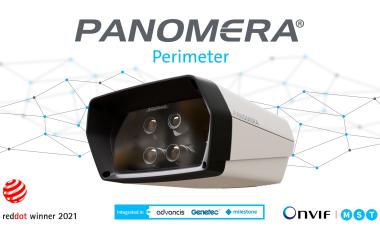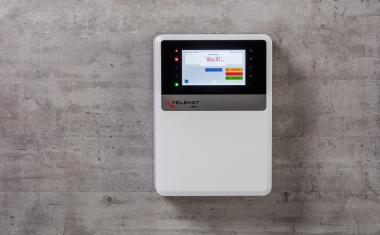Fire protection: The winners of category F at the GIT SECURITY AWARD 2026
The security industry remains on the move - and will continue to demonstrate its innovative strength in 2026. Experts, users and industry insiders have voted: The winners of the fire protection category have been chosen and deserve full attention. Discover here which solutions were particularly impressive this year and why they won the GIT SECURITY AWARD 2026.
GIT SECURITY International has been honoring pioneering products, systems and services every year since 2005 - now for the 21st time. The award recognizes innovation, cost-effectiveness and practical relevance. The finalists were nominated by an independent jury and the winners were chosen by public voting. Further information on the GIT SECURITY AWARD and all other award winners can be found here.
1st winner of category F: Telenot with the hifire 4100 XS fire alarm system
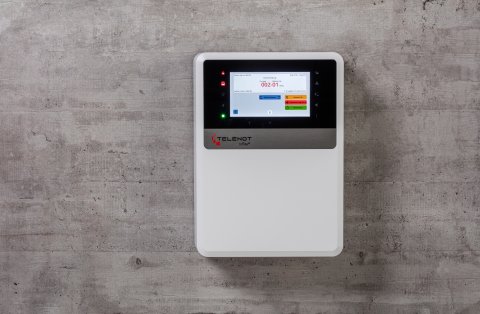
The newly designed hifire 4100 XS fire alarm system from Telenot has been specially developed to meet the requirements of DIN VDE V 0826-2. This makes it particularly suitable for use in nurseries, day care centers, hotels with up to 60 beds or retirement homes to warn people present of smoke and fires. The compact size and modern design also allow it to be used in publicly visible areas for a large number of properties.
Thanks to its three-part design, the hifire 4100 XS fire alarm system offers maximum user-friendliness during commissioning and maintenance. The commissioning wizard integrated in the touch control panel guides the user through the most important steps, such as addressing the loop components or assigning them to detector zones during initial commissioning. Alternatively, commissioning can also be carried out on the PC using the compas-F 4000 parameterization software.
Thanks to the new intuitive, app-based menu structure with path navigation, even inexperienced operators can quickly find their way around the touch control panel. The clearly arranged message overview in conjunction with the status LEDs provide an overview of the status of the fire alarm system at all times and enable a quick response in the event of an alarm. To meet all practical requirements, fire department control panels or hazard alarm panels can also be optionally connected to the hifire 4100 XS fire alarm system.
Contact and further information in the Telenot Company Channel
2nd winner of category F: Esser by Honeywell with IQ8Quad ST
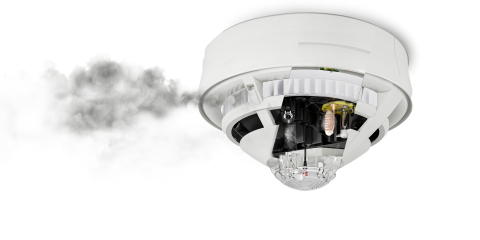
The IQ8Quad ST generation of detectors from Esser by Honeywell combines state-of-the-art detector technology with a patented, fully automatic self-test function for point-type fire detectors. The detector has an internal module that generates smoke and heat, enabling an automatic function test of both the optical sensor and the heat sensor. Each detector uses a patented self-test technology that automatically directs small amounts of test aerosol or heat onto the sensor inside to test the function of the smoke or heat detector.
In addition, anti-masking technology automatically tests the detector's smoke inlets and outlets to ensure they are clear and not blocked. This allows accidentally or otherwise masked detectors to be quickly identified. During the visual inspection, technicians, who have a clear view of each self-test detector, can quickly check or update device data as part of the smart inspection process using Honeywell's Connected Life Safety Service (CLSS) app. The integrated Bluetooth transmission function further simplifies device management by allowing technicians to easily identify individual detectors via cell phone. As a result, possible errors in identification and localization can be found quickly and detailed information on device type, settings and service information can be retrieved.
Contact and further information in the Company Channel of Esser by Honeywell
3rd winner in category F: Wagner with the OxyReduct F-Line oxygen reduction system

Wagner's OxyReduct system for active fire prevention is based on the principle of targeted reduction of the oxygen concentration in the protected area. By introducing nitrogen, the oxygen content is reduced to such an extent that it falls below the ignition limits of the materials, which prevents the spread of fire under defined conditions.
With the new OxyReduct F-Line, the process has been expanded to include sustainable, hydrogen-based fuel cell technology, which also enables an emission-free energy supply. The key technological advance lies in the combination of the generation of a protective atmosphere and a self-sufficient energy supply. As a result, the system enables continuous fire prevention with CO₂-neutral operation - a pioneering further development of effective fire protection technology.
The nitrogen required for preventive fire protection is produced by an electrochemical reaction in the fuel cell. The fuel cell also supplies electrical energy (electricity) and heat for operational applications, increasing overall efficiency. Thanks to the high level of efficiency, even small quantities of hydrogen are sufficient to generate the required quantities of nitrogen.
OxyReduct F-Line is particularly suitable for protected areas in logistics and warehousing, including deep-freeze and high-bay warehouses; both for new builds and for space-saving extensions or "retro-fitting". The scalable system can be flexibly combined with other OxyReduct nitrogen generators to realize hybrid protection concepts for various applications.
Contact and further information in the Wagner Company Channel
3rd winner of category F: Wichmann with the VPSA system
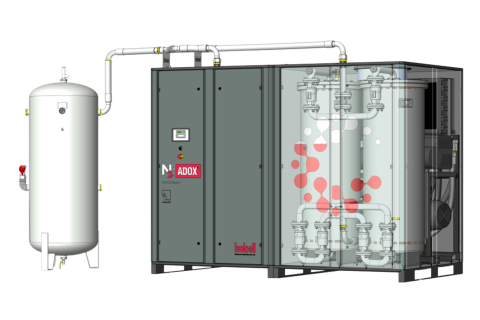
In sensitive areas such as archives, data centers, server rooms or automated storage systems, reactive extinguishing systems often reach their limits. Fires and the methods used to extinguish them can not only cause operational downtime, data loss and financial and insurance damage, but also pose risks to personal safety due to the use of certain extinguishing media.
An N2 ORS oxygen reduction system for active fire prevention, on the other hand, takes a much more effective, sustainable and preventative approach: it regulates the oxygen concentration in the room air and maintains it permanently so that a fire cannot start in the first place. For this purpose, nitrogen, which is extracted from the ambient air in an electromechanical adsorption process, is fed into the respective protected areas in a targeted and needs-based manner.
The N2 ORS system is characterized by its modular design: A total of 8 different VPSA generator sizes and 18 PSA generator sizes can be flexibly combined with each other and individually adapted to the building to be protected. This philosophy enables versatile and customized solutions for every application scenario - whether in compact form for small server rooms or as a multi-level system for automatic storage systems. It is also a real game changer for compact container systems and in temperature-controlled logistics.
With their minimal energy consumption (kW/Nm³), VPSA systems of the N2 ORS brand currently offer the most efficient system on the market and impress with their consistently high efficiency - a decisive advantage in operation and when considering the life cycle costs of a building.
Contact and further information in the Wichmann Company Channel

